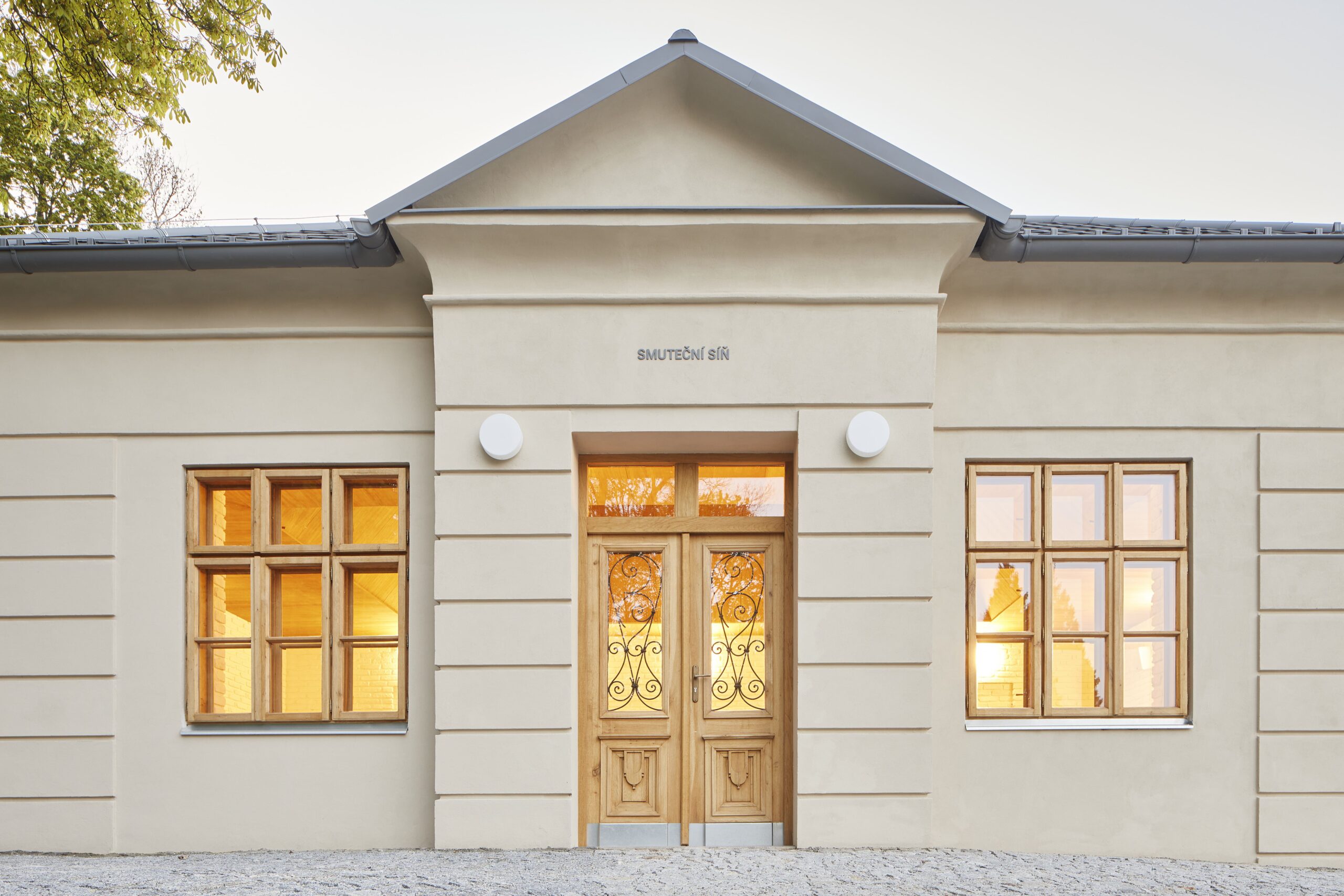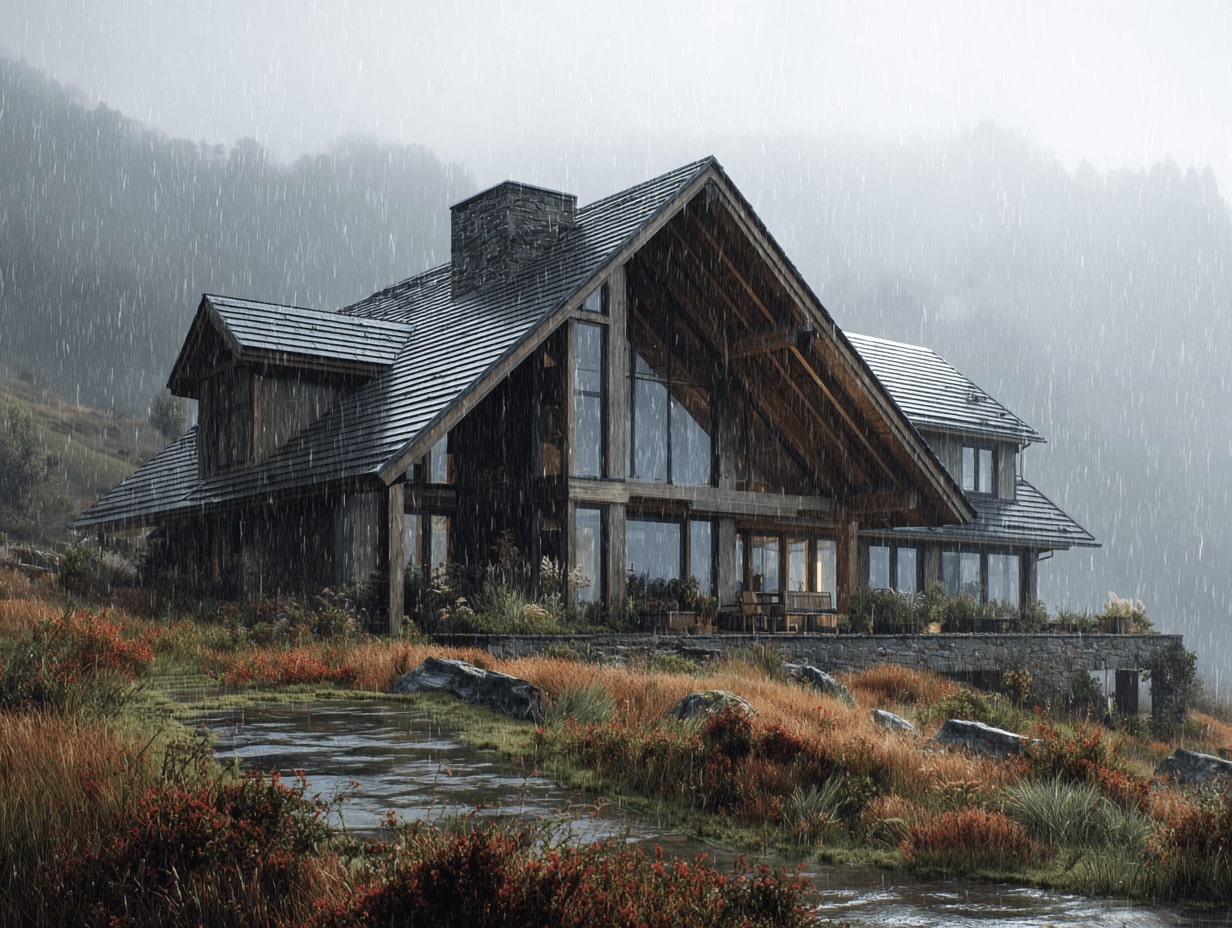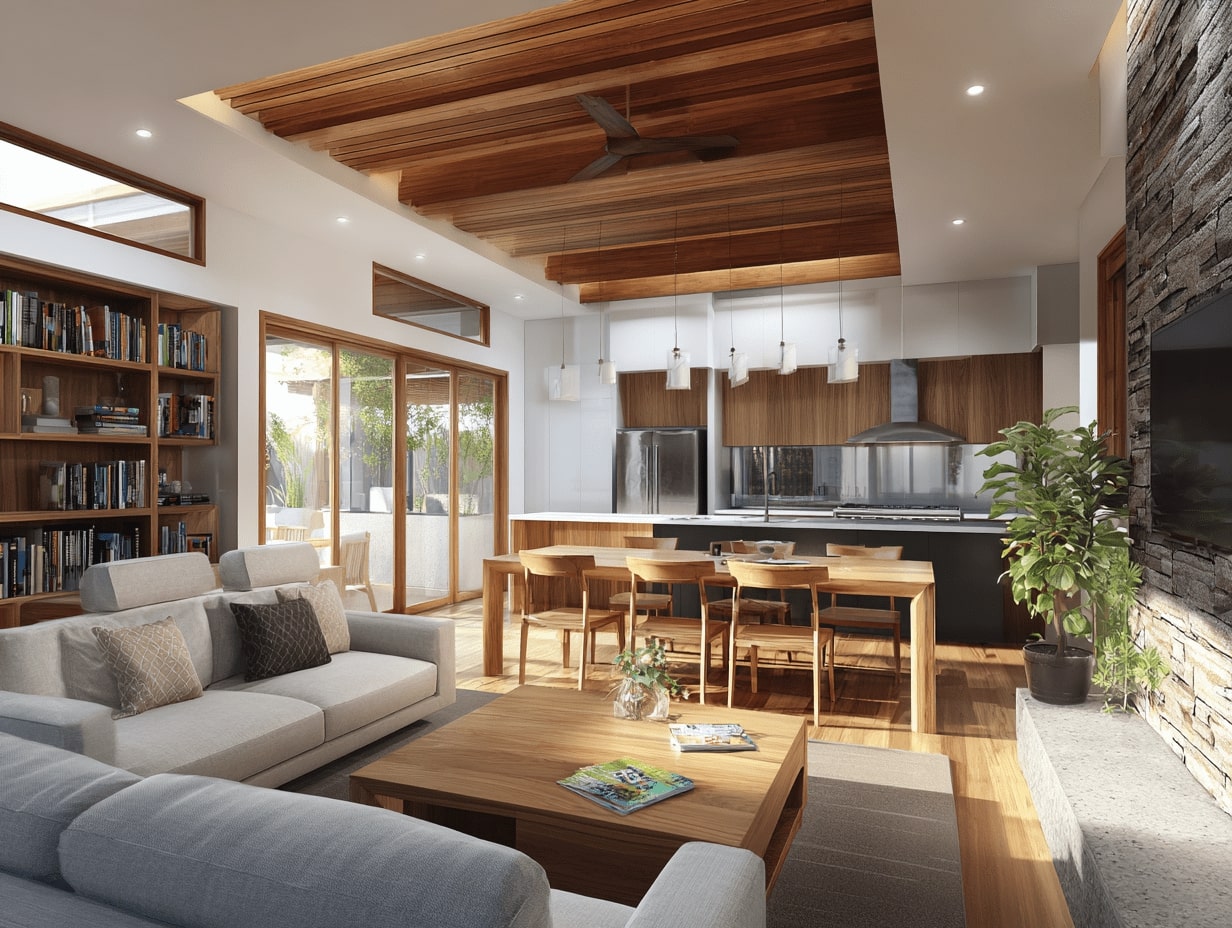- Home
- Articles
- Architectural Portfolio
- Architectral Presentation
- Inspirational Stories
- Architecture News
- Visualization
- BIM Industry
- Facade Design
- Parametric Design
- Career
- Landscape Architecture
- Construction
- Artificial Intelligence
- Sketching
- Design Softwares
- Diagrams
- Writing
- Architectural Tips
- Sustainability
- Courses
- Concept
- Technology
- History & Heritage
- Future of Architecture
- Guides & How-To
- Art & Culture
- Projects
- Interior Design
- Competitions
- Jobs
- Store
- Tools
- More
- Home
- Articles
- Architectural Portfolio
- Architectral Presentation
- Inspirational Stories
- Architecture News
- Visualization
- BIM Industry
- Facade Design
- Parametric Design
- Career
- Landscape Architecture
- Construction
- Artificial Intelligence
- Sketching
- Design Softwares
- Diagrams
- Writing
- Architectural Tips
- Sustainability
- Courses
- Concept
- Technology
- History & Heritage
- Future of Architecture
- Guides & How-To
- Art & Culture
- Projects
- Interior Design
- Competitions
- Jobs
- Store
- Tools
- More
Understanding Color Preferences in Interior Design for a Personalized Home
Discover how color preferences shape interior design and influence emotions, reflecting personal style and cultural significance. This article explores the psychology of colors, from calming blues to energizing reds, and examines the trend of mixing vibrant and neutral palettes. Get practical tips for selecting colors that enhance your space's functionality and aesthetic.

Color plays a pivotal role in shaping our environments and influencing our emotions. When it comes to interior design, understanding color preferences can transform a space from ordinary to extraordinary. We often find ourselves drawn to specific hues, whether it’s the calming blues of a beach house or the vibrant yellows of a sunlit kitchen.
Exploring color preferences not only enhances the aesthetic appeal of our homes but also reflects our personalities and lifestyles. By delving into the psychology of color, we can create spaces that resonate with our unique tastes and foster a sense of comfort and joy. Join us as we uncover the impact of color choices in interior design and how they can elevate our living spaces.

Table of Contents
ToggleUnderstanding Color Preferences In Interior Design
Understanding color preferences enhances both the aesthetic and emotional comfort of our spaces. Color choices reveal our personalities and lifestyles, making them vital in interior design.

The Psychology Of Color
The psychology of color shapes our emotions and behaviors. Different colors evoke specific feelings and associations.
- Red: Represents passion and energy, ideal for spaces needing vibrancy.
- Blue: Conveys calmness and serenity, suitable for bedrooms and bathrooms.
- Yellow: Symbolizes happiness and optimism, perfect for kitchens and dining areas.
- Green: Embodies nature and tranquility, excellent for living rooms and home offices.
- Purple: Suggests luxury and creativity, effective in personal spaces.
By considering these associations, we create environments that resonate emotionally.
Cultural Influences On Color Choices
Cultural backgrounds significantly affect our color preferences. Each culture associates colors with different meanings and symbolism.
- Western Cultures: Often view white as purity, favoring it for weddings; however, some may see it as mourning in Eastern cultures.
- Asian Cultures: Frequently regard red as auspicious, using it for celebrations and significant events.
- African Cultures: Assign meanings to colors based on heritage, using colors like black and red for symbolizing strength and vitality.
- Mediterranean Cultures: Prefer blue due to its connection to the sea and sky, favoring it in homes.
Understanding these cultural influences on color choices benefits us in creating spaces that feel welcoming and meaningful.
Popular Color Trends In Interior Design
Color trends in interior design continually evolve, reflecting contemporary tastes and preferences. We explore two primary categories: neutral colors and bold, vibrant colors.

Neutral Colors
Neutral colors offer versatility and timeless appeal in interior design. These shades, such as beige, gray, and taupe, create calming environments, making them ideal for various spaces. Neutral colors complement a wide range of furnishings and décor styles, allowing homeowners to easily update their accents without significant changes. Designers frequently use these colors to establish a backdrop that highlights artwork or bold furniture choices. Moreover, the use of neutrals has been linked to increased feelings of spaciousness and tranquility, enhancing the overall ambiance of a room.
Bold And Vibrant Colors
Bold and vibrant colors add energy and excitement to interior spaces. Shades like emerald green, deep navy, and fiery red can transform a room into a dynamic environment. These colors often serve as focal points, drawing attention and creating a sense of drama. We notice that many homeowners mix these vibrant hues with neutral elements to balance intensity and maintain harmony. Using bold colors in accents, such as throw pillows or art pieces, allows for creative expression without overwhelming the space. Additionally, recent trends show an increase in popularity for jewel tones, which evoke luxury and sophistication, making a striking impact in modern design.
The Impact Of Color On Mood And Perception
Color significantly influences our feelings and perceptions in interior design. By understanding color preferences, we can create spaces that evoke the desired emotional responses.

Color and Emotional Responses
Colors trigger specific emotional responses that shape our experiences in a space. Red ignites passion and energy, often used in social areas to encourage interaction. Blue promotes calmness, making it ideal for bedrooms or meditation spaces. Yellow reflects happiness and warmth, often included in kitchens or dining areas to enhance sociability. Green provides tranquility, introducing a natural element that fosters relaxation in living rooms or offices. Purple conveys luxury and creativity, often utilized in artistic spaces or guest bedrooms, attracting those who appreciate refinement.
Creating Space Perceptions Through Color
We can manipulate the perception of space with strategic color choices. Light colors, like soft pastels or whites, create an illusion of space, making smaller rooms appear larger and more open. Dark colors, such as deep navy or charcoal, add depth and intimacy, perfect for creating cozy, inviting environments. Additionally, using a monochromatic color scheme can unify a space, enhancing a seamless flow throughout. Accent walls in bold colors can highlight architectural features, drawing attention to them and providing a dynamic contrast. By understanding these principles, we can effectively design environments that maximize our desired perceptions of space.
Practical Tips For Choosing Colors
Selecting the right colors for interiors involves understanding personal preferences and the functionality of each space. By combining these factors, we can create harmonious environments that align with our lifestyles.

Assessing Personal Preferences
Identifying individual color preferences starts with evaluating personal tastes and emotional responses to colors. Recognizing how colors resonate on a personal level ensures the space feels authentic.
- Explore Color Psychology: We can identify how colors affect our moods. For example, choosing calming colors like blue or green promotes a sense of peace.
- Inspiration Sources: We can gather inspiration from nature, art, or our favorite belongings, as these sources often reflect our desired aesthetics.
- Test Samples: We should sample paint colors in various lights to see how they change throughout the day. Observing these shifts enables better decisions.
Considering Space Functionality
Understanding the primary function of each room helps in selecting appropriate colors that enhance utility and ambiance.
- Evaluate Room Purpose: We can choose colors based on the room’s activities. For instance, vibrant colors can energize a workspace, while soothing tones work better in bedrooms.
- Light Exposure: We should consider natural light levels. Rooms with ample light can accommodate darker shades, while dimly lit areas benefit from lighter hues to boost brightness.
- Size Perception: We might want to apply light colors to small rooms to create an illusion of space, while deeper tones can make larger rooms feel cozier.
Conclusion
Understanding color preferences in interior design empowers us to craft spaces that resonate with our emotions and lifestyles. Recognizing that colors evoke specific feelings, we can create environments that reflect our personalities. For example, using red can ignite energy, while blue can foster serenity. Each color’s psychological impact offers us the opportunity to manipulate our surroundings for desired moods.
Cultural influences play a crucial role in shaping our color preferences, as they imbue colors with meaning beyond their aesthetics. Awareness of these cultural nuances enhances our ability to choose colors that hold significance for us and those who inhabit our spaces.
Considering current trends, we find that the balance of neutral tones with bold colors allows us to enjoy versatility and vibrancy simultaneously. Neutral colors serve as a backdrop, enhancing artwork and furnishing choices, while bold colors bring life and focus to areas of our homes. Jewel tones stand out as a luxurious option, blending sophistication with warmth.
In practical terms, selecting colors involves assessing personal preferences and the functionality of each space. Testing paint samples and observing their appearance in different lighting conditions ensures that our choices align with our vision for each room. By accounting for the purpose of each area, we can select energizing colors for workspaces and soothing tones for relaxation areas.
The thoughtful application of color choices invites us to reimagine our living environments, ensuring they reflect comfort, beauty, and our unique identities.
- best colors for home interior
- choose interior colors for home
- color consultation for home design
- color preferences interior design
- color trends for home decor
- create a personalized home color scheme
- custom color interior design
- customized home color palette
- home color choice tips
- influencing interior color choice
- interior color choice ideas
- interior design color advice
- interior design color psychology
- interior design color specialist
- personalized color schemes
- personalized home décor colors
- personalized home design
- psychology of color in home design
- tailored interior design colors
- understanding color in interior design
Submit your architectural projects
Follow these steps for submission your project. Submission FormLatest Posts
Small Apartments in an Expanding World: How We Live Well With Less
Small apartments made livable: smart layouts, multipurpose storage, and eco tech for...
Bright, Sunny Living: Practical Tips for Designing a Bright and Sunny Apartment
Get expert tips for designing a bright and sunny apartment: map sun...
How Climate Shapes Local Architecture: Designing With Place In Mind
Discover how climate shapes local architecture, from sun, wind, and rain to...
Designing Homes for Small Families: Smart Layouts, Flexible Rooms, and Storage That Works
Design smarter homes for small families. Map routines, prioritize must-haves, plan flowing...












Leave a comment